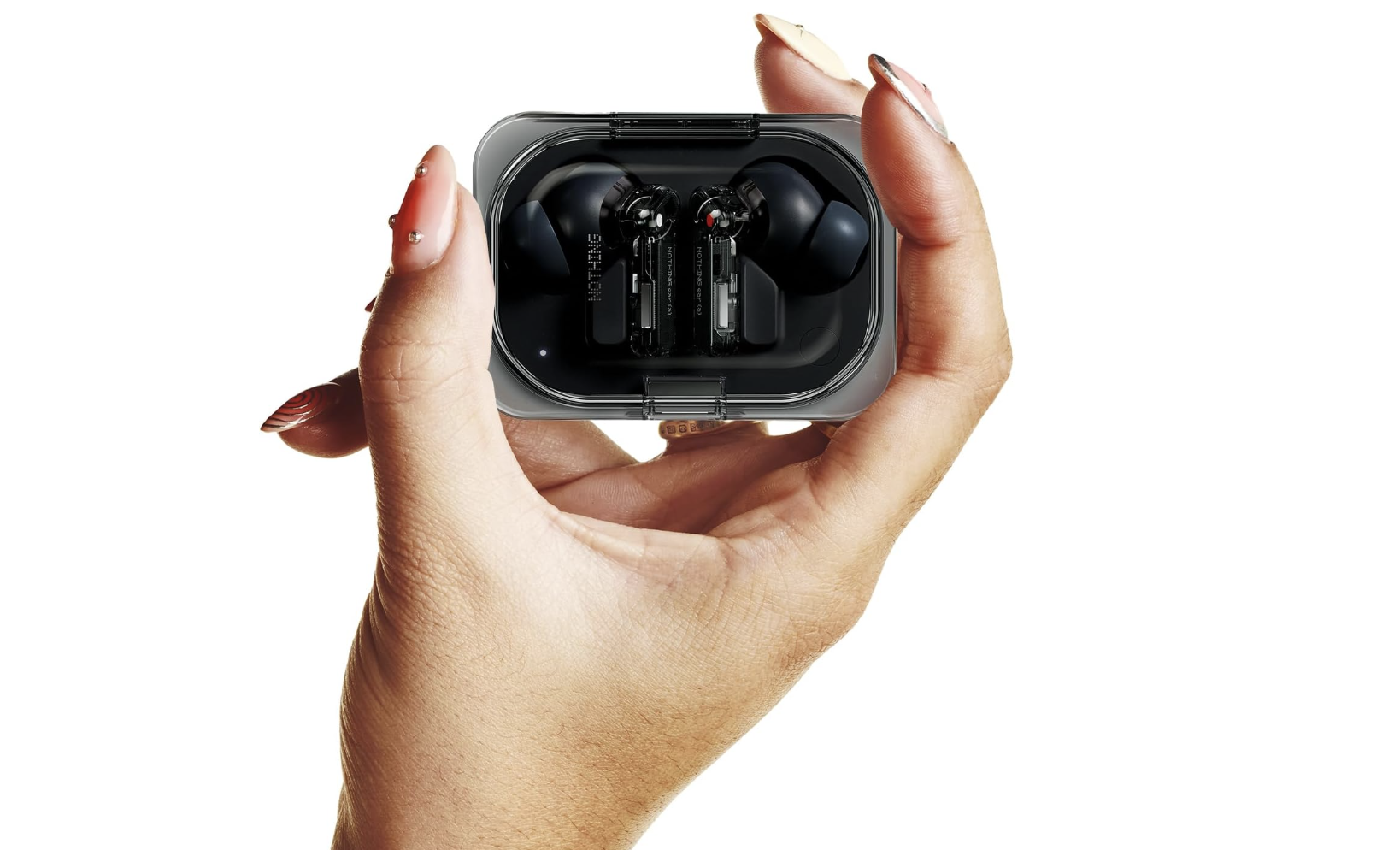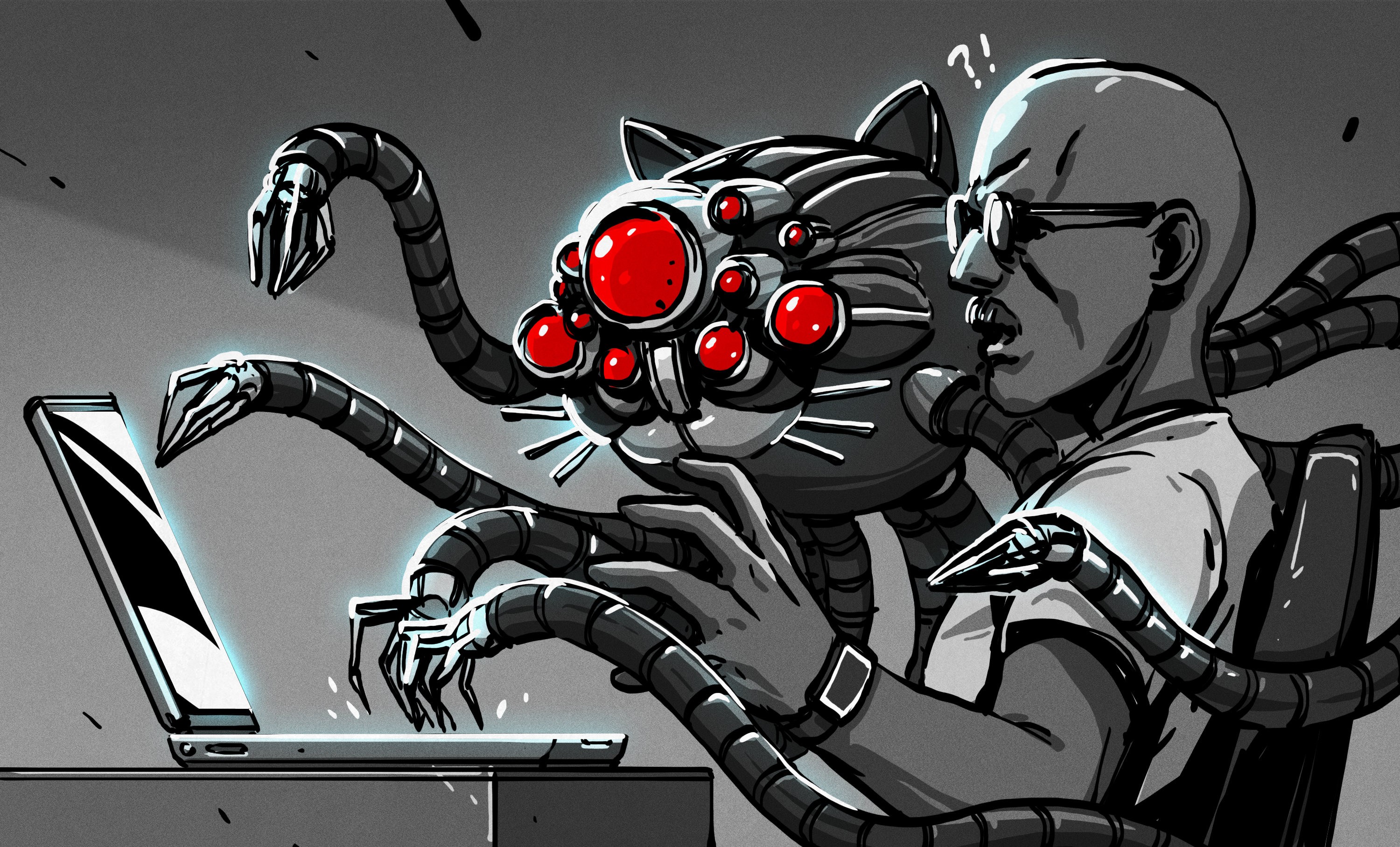Manual vs. Automated Testing: Finding the Right Balance
When we look into software testing, the essential factor is to provide service in the highest quality class . The one question always rolling up in the debate is , Should you go for manual testing or automated testing? The truth is, it’s not just keeping one behind. It’s all about recognizing the strengths and weaknesses of each method and knowing when to use them to your advantage. At AIO Tests, we truly believe that the best testing strategy is balance between both approaches. Let’s have a look into each testing type and see how they can work together. Manual Testing: Harnessing Human Insight Manual testing is all about human testers running test cases to assess an application’s functionality, user experience, and overall behavior. This approach shines in several areas: Exploratory Testing – Human testers can think outside the box, exploring the application in ways that automated scripts simply can’t. Usability & UI Testing – Assessing user-friendliness, design consistency, and the overall experience relies heavily on human judgment. Ad-hoc Testing – When you need quick feedback without the hassle of scripting automated tests. Small-Scale Projects – For applications in their early stages, setting up automation tests might not be the most cost-effective choice. Manual Testing - Limitations Slow & Time-Consuming – Taking more time and running the same tests cases again can be insufficient Prone to Human Error – simple oversight can result in missed defects. Lack of Scalability – For large-scale applications, a more efficient approach is necessary. Automated Testing: Speed, Efficiency, and Precision Automated testing leverages scripts and tools to run test cases,without manual work , boosting consistency. It really shines in: Regression Testing – Repeating the same test cases to ensure everything remains stable after updates. Performance & Load Testing – Mimicking thousands of users to evaluate how the system performs. Continuous Integration/Delivery (CI/CD) – Integrating tests into the development pipeline to speed up release times. Repetitive Tasks – Automating tests that involve large datasets can save a ton of time. Limitations of Automated Testing Costs – Crafting test scripts demands skilled testers and an upfront investment. Maintenance Overhead – As software changes, automated tests need regular updates. Limited in UX Testing – While automation can check functionality, it doesn’t have the human touch needed for evaluating user experience. Finding the Right Balance Rather than seeing manual and automated testing as rivals, the best strategy is to blend both methods thoughtfully. How AIO Tests Recommends Balancing the Two Automate repetitive, high-volume tests – Use automation for regression testing , performance, and API testing. Rely on manual testing for UX, exploratory, and ad-hoc testing – Human testers bring insights that automation simply can’t provide. Embrace AI-driven automation – AI can make automated testing smarter and more adaptable. Continuously refine your testing approach – As software evolves, tweak your strategy to keep up. Conclusion The secret to effective software testing isn’t about picking one from manual testing or Automation test—it’s about using the advantages for both methods. Manual testing keeps the human element front and center, while automation brings speed and efficiency to the table. At AIO Tests, we’re dedicated to helping companies craft the ideal testing strategy by accumulating the strengths of both approaches. Looking to enhance your software quality ? We’re here to help you. Contact us today

When we look into software testing, the essential factor is to provide service in the highest quality class . The one question always rolling up in the debate is , Should you go for manual testing or automated testing?
The truth is, it’s not just keeping one behind. It’s all about recognizing the strengths and weaknesses of each method and knowing when to use them to your advantage. At AIO Tests, we truly believe that the best testing strategy is balance between both approaches.
Let’s have a look into each testing type and see how they can work together.
Manual Testing: Harnessing Human Insight
Manual testing is all about human testers running test cases to assess an application’s functionality, user experience, and overall behavior. This approach shines in several areas:
Exploratory Testing – Human testers can think outside the box, exploring the application in ways that automated scripts simply can’t.
Usability & UI Testing – Assessing user-friendliness, design consistency, and the overall experience relies heavily on human judgment.
Ad-hoc Testing – When you need quick feedback without the hassle of scripting automated tests.
Small-Scale Projects – For applications in their early stages, setting up automation tests might not be the most cost-effective choice.
Manual Testing - Limitations
Slow & Time-Consuming – Taking more time and running the same tests cases again can be insufficient
Prone to Human Error – simple oversight can result in missed defects.
Lack of Scalability – For large-scale applications, a more efficient approach is necessary.
Automated Testing: Speed, Efficiency, and Precision
Automated testing leverages scripts and tools to run test cases,without manual work , boosting consistency. It really shines in:
Regression Testing – Repeating the same test cases to ensure everything remains stable after updates.
Performance & Load Testing – Mimicking thousands of users to evaluate how the system performs.
Continuous Integration/Delivery (CI/CD) – Integrating tests into the development pipeline to speed up release times.
Repetitive Tasks – Automating tests that involve large datasets can save a ton of time.
Limitations of Automated Testing
Costs – Crafting test scripts demands skilled testers and an upfront investment.
Maintenance Overhead – As software changes, automated tests need regular updates.
Limited in UX Testing – While automation can check functionality, it doesn’t have the human touch needed for evaluating user experience.
Finding the Right Balance
Rather than seeing manual and automated testing as rivals, the best strategy is to blend both methods thoughtfully.
How AIO Tests Recommends Balancing the Two
Automate repetitive, high-volume tests – Use automation for regression testing , performance, and API testing.
Rely on manual testing for UX, exploratory, and ad-hoc testing – Human testers bring insights that automation simply can’t provide.
Embrace AI-driven automation – AI can make automated testing smarter and more adaptable.
Continuously refine your testing approach – As software evolves, tweak your strategy to keep up.
Conclusion
The secret to effective software testing isn’t about picking one from manual testing or Automation test—it’s about using the advantages for both methods. Manual testing keeps the human element front and center, while automation brings speed and efficiency to the table.
At AIO Tests, we’re dedicated to helping companies craft the ideal testing strategy by accumulating the strengths of both approaches. Looking to enhance your software quality ? We’re here to help you. Contact us today


































































![Apple Watch to Get visionOS Inspired Refresh, Apple Intelligence Support [Rumor]](https://www.iclarified.com/images/news/96976/96976/96976-640.jpg)
![New Apple Watch Ad Features Real Emergency SOS Rescue [Video]](https://www.iclarified.com/images/news/96973/96973/96973-640.jpg)
![Apple Debuts Official Trailer for 'Murderbot' [Video]](https://www.iclarified.com/images/news/96972/96972/96972-640.jpg)
![Alleged Case for Rumored iPhone 17 Pro Surfaces Online [Image]](https://www.iclarified.com/images/news/96969/96969/96969-640.jpg)




























































































































































































![[The AI Show Episode 143]: ChatGPT Revenue Surge, New AGI Timelines, Amazon’s AI Agent, Claude for Education, Model Context Protocol & LLMs Pass the Turing Test](https://www.marketingaiinstitute.com/hubfs/ep%20143%20cover.png)



































































































































































































































